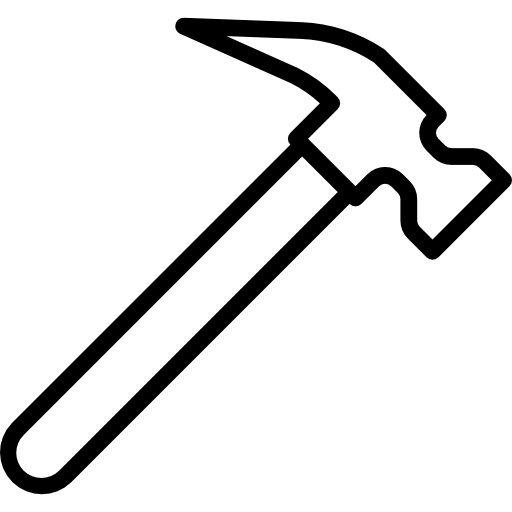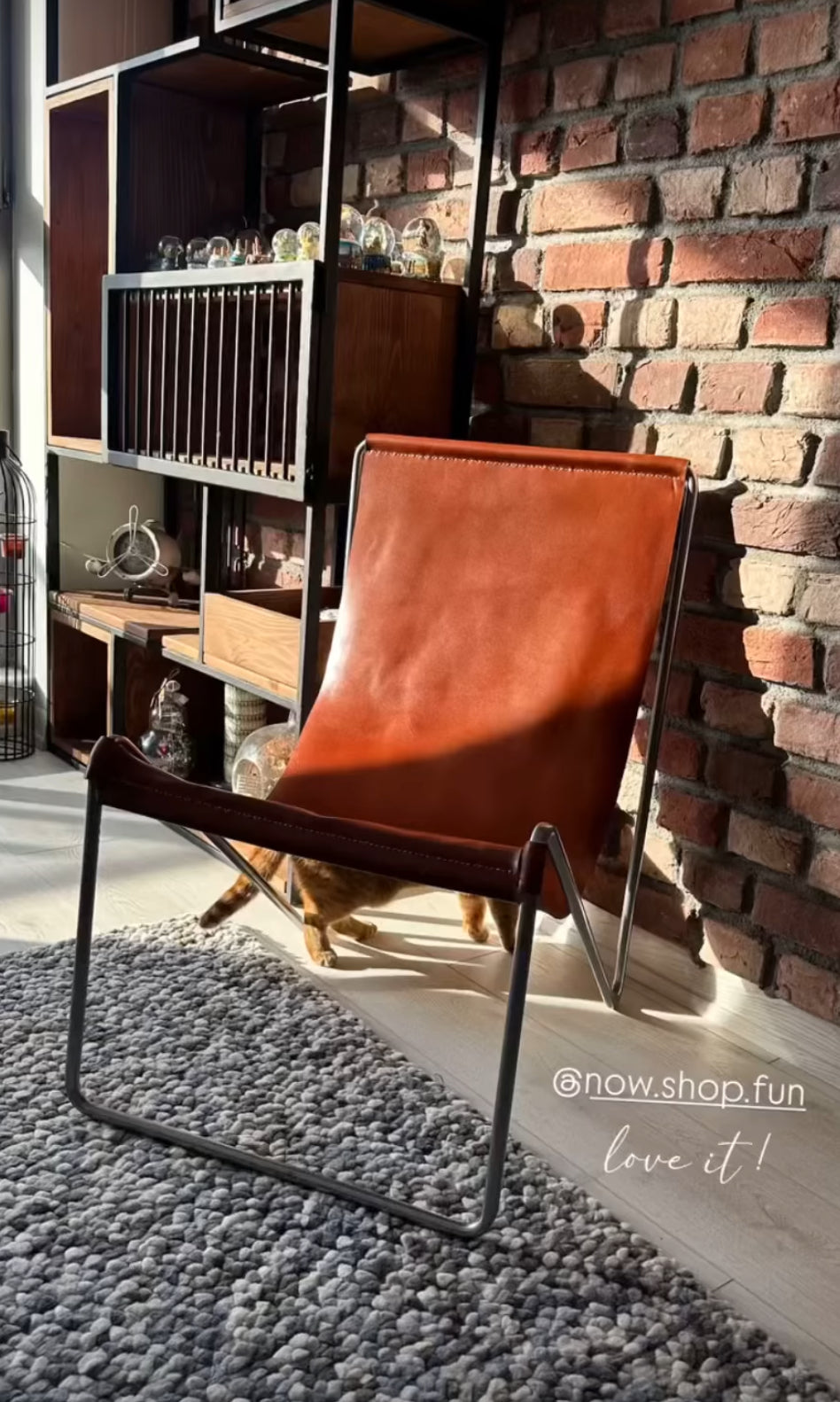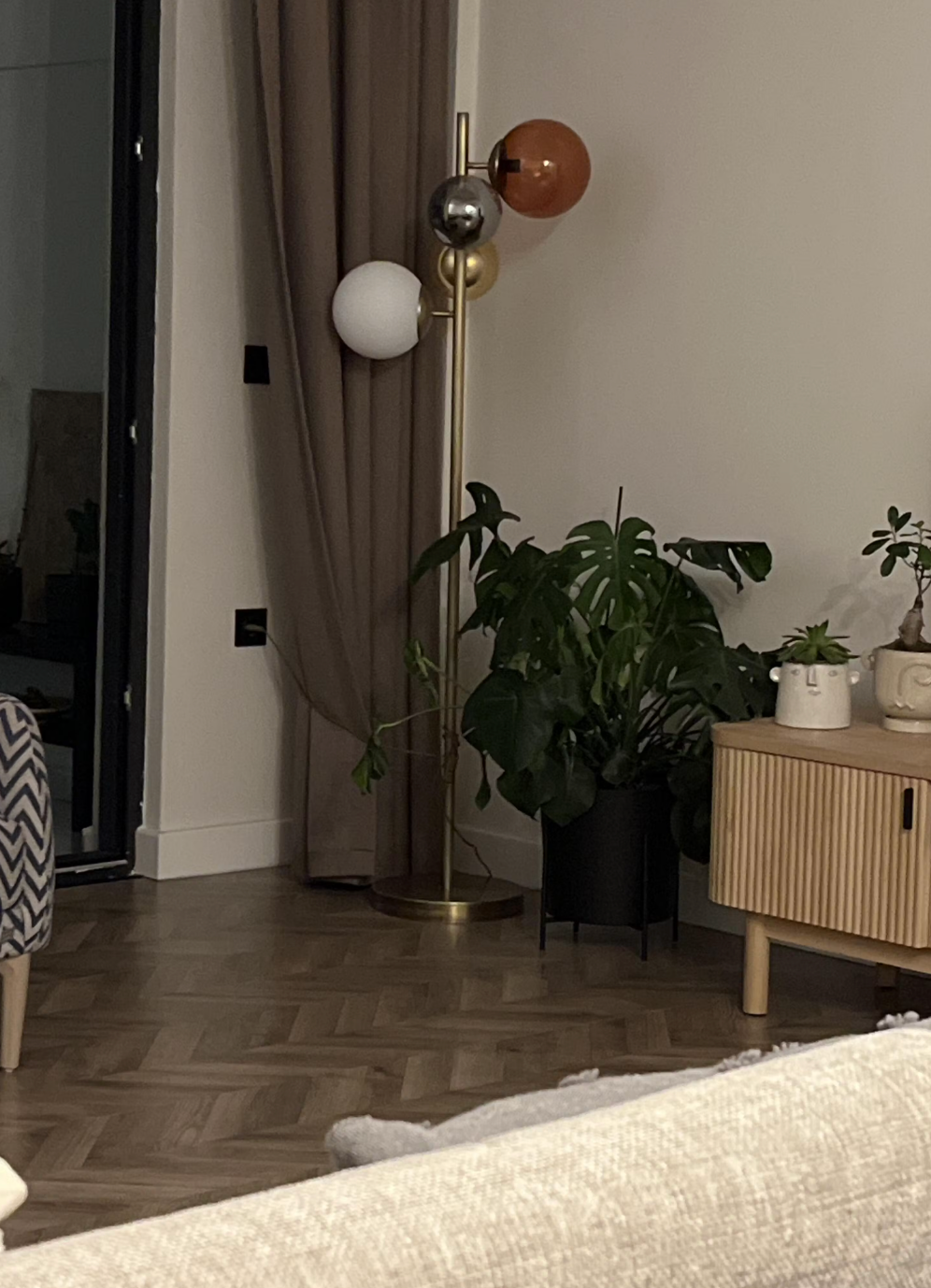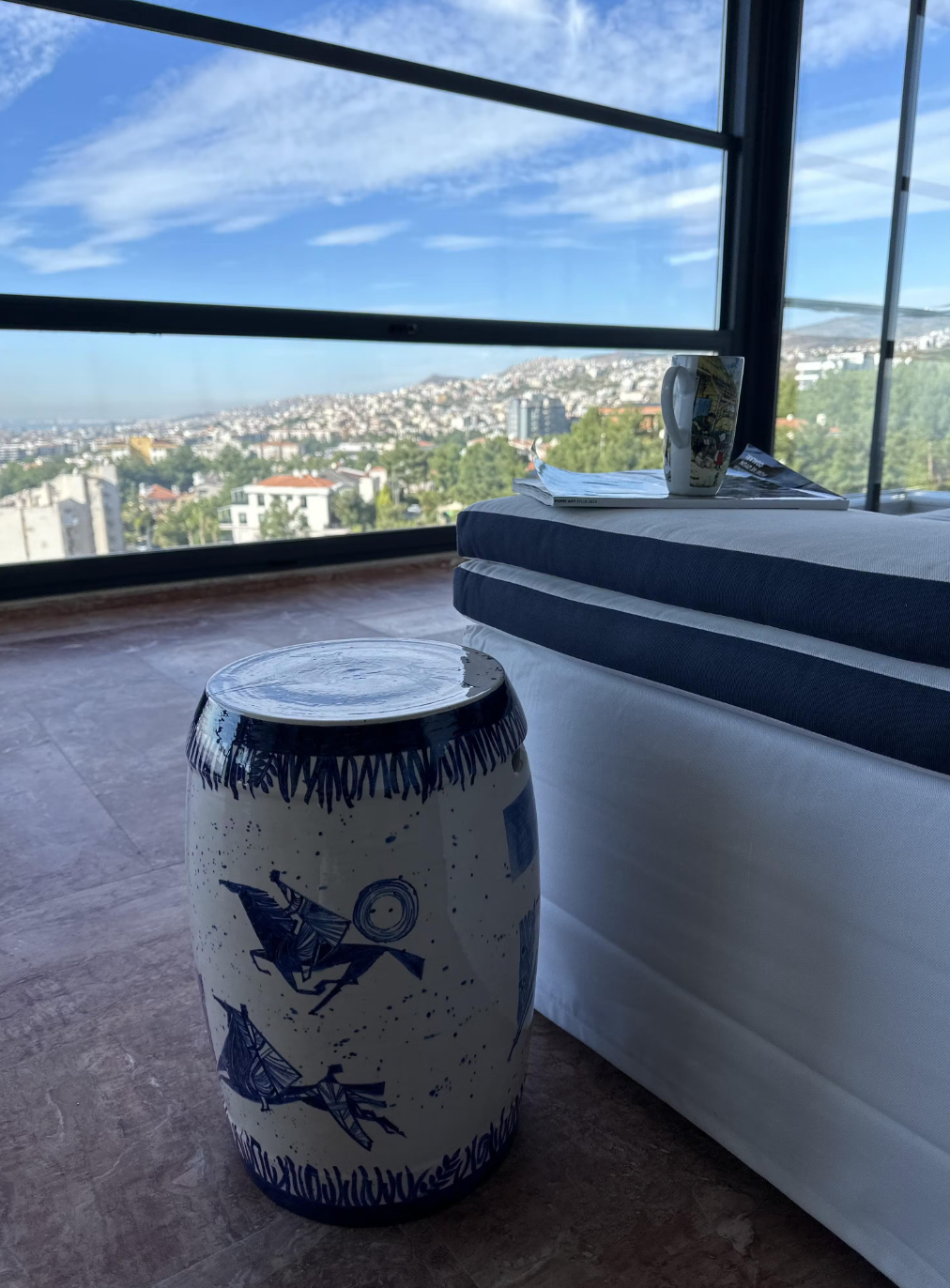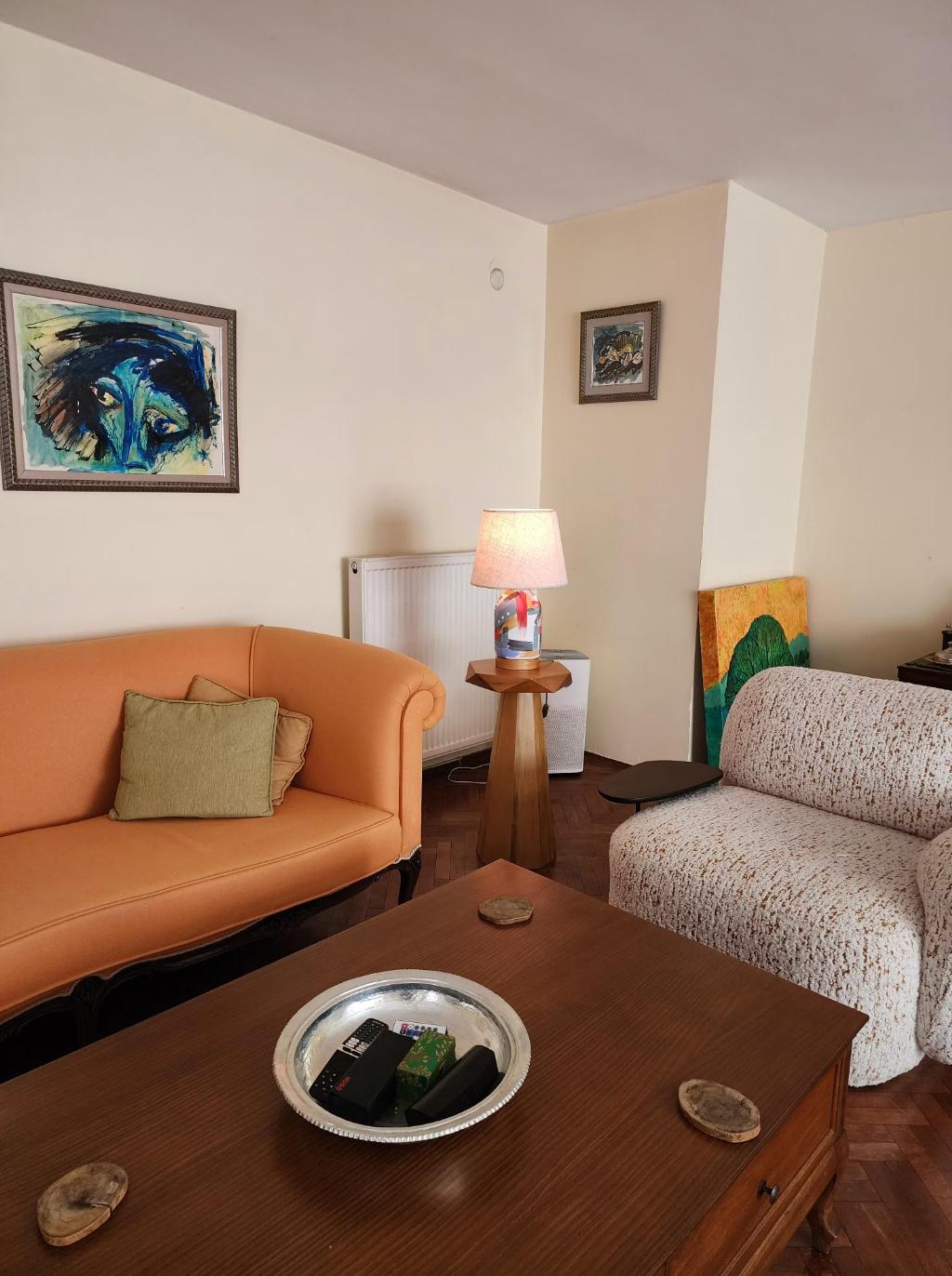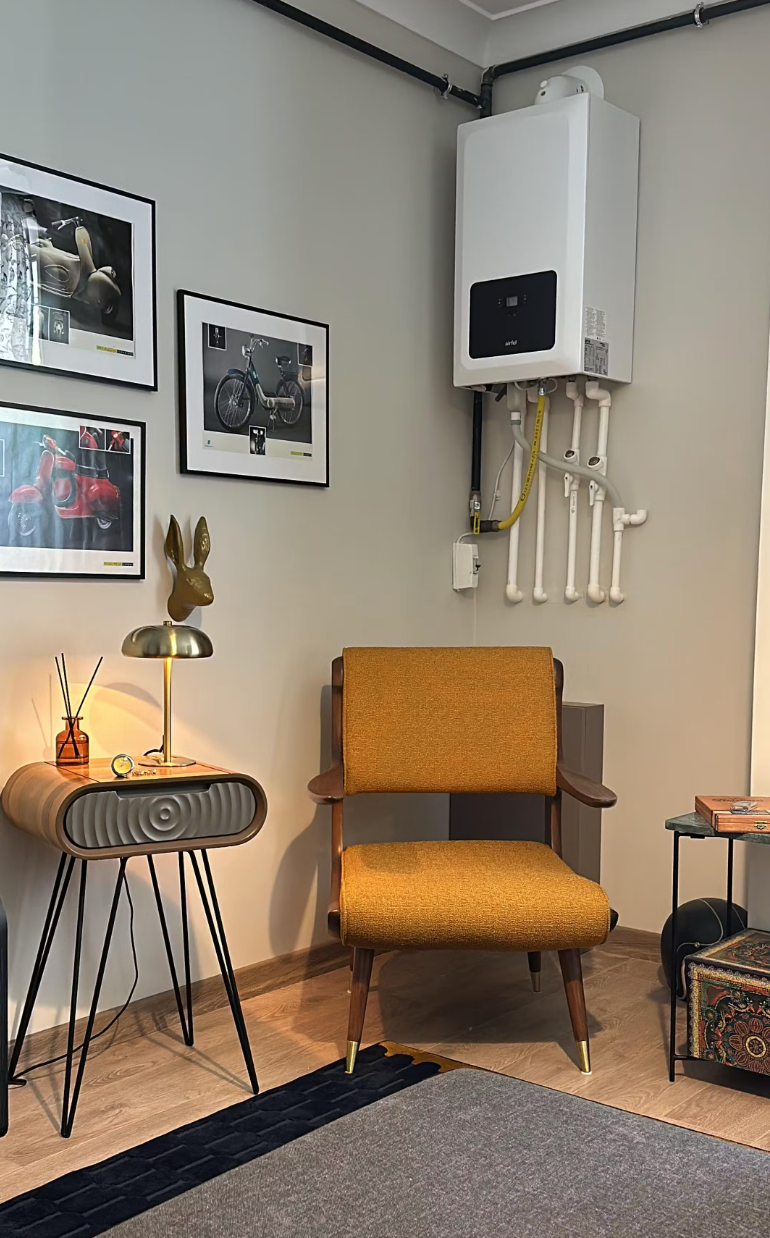Product Description / Information
Product Story: As a fiction and artifact of human consciousness, the wall is a founding element of the spaces called villages, towns and cities. Village, town and city differ – structurally – from each other by a significant amount of “fewer walls” and “more walls”. Because in today's cities, words such as room, house, building, street, avenue, park almost entirely mean "spaces or spaces between walls". Accordingly, city life turns into "life between walls". In other words, in cities, human life becomes a process that appears between the walls of birth rooms, then flows between the walls of buildings, streets, and avenues, and finally disappears among the dark walls of tombs. Since the relationship established between the human self and the outside world in this process is generally shaped with reference to walls, walls gain a special dimension as a manifestation (weave) of the way "I" and "the world" are woven together. Despite this special dimension, it is an intriguing question why walls do not enter the awareness area of our consciousness sufficiently in our daily lives. Could the source of this problem be related to the semiotic banality (pointing beyond itself) of the walls, which are a fiction and hand-made product of human consciousness? Or is it related to the fact that walls have already been interpreted in tradition in the sense that they are easily identified in terms of their function?
As a construct and artifact of human consciousness, the wall is a constitutive element of the spaces called villages, towns and cities. Villages, towns and cities - structurally - differ from each other by the amount of "fewer walls" and "more walls". In today's cities, words such as room, house, building, street, avenue, park are almost exclusively understood as "spaces or spaces between walls". Accordingly, city life turns into "life between walls". In other words, human life in cities becomes a process that emerges between the walls of birth rooms, then flows between the walls of spaces such as buildings, streets and avenues, and finally disappears between the dark walls of graves. Since the relationship established between the self and the outside world in this process is usually shaped with reference to walls, walls gain a special dimension as a manifestation (weave) of the way the "self" and the "world" are woven together. Despite this special dimension, it is an intriguing question why walls do not sufficiently enter the field of awareness of our consciousness in our daily lives. Could the source of this problem be related to the semiotic ordinariness (pointing beyond itself) of walls, which are a construct and a product of human consciousness? Or is it related to the fact that walls are already interpreted within tradition in the context of their easy identification in terms of their function?
Material: Print on canvas fabric
Product Size: Height 5 cm x Width 50 cm x Length 50 cm
Product Size: Height 5 cm x Width 100 cm x Length 100 cm
Care and Usage Recommendations: It should not be hung over the fireplace or over the radiators. If the table surface is dusty, it can be gently wiped with a cotton-free cloth. The best cleaning method is air spray cleaning.



















